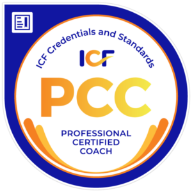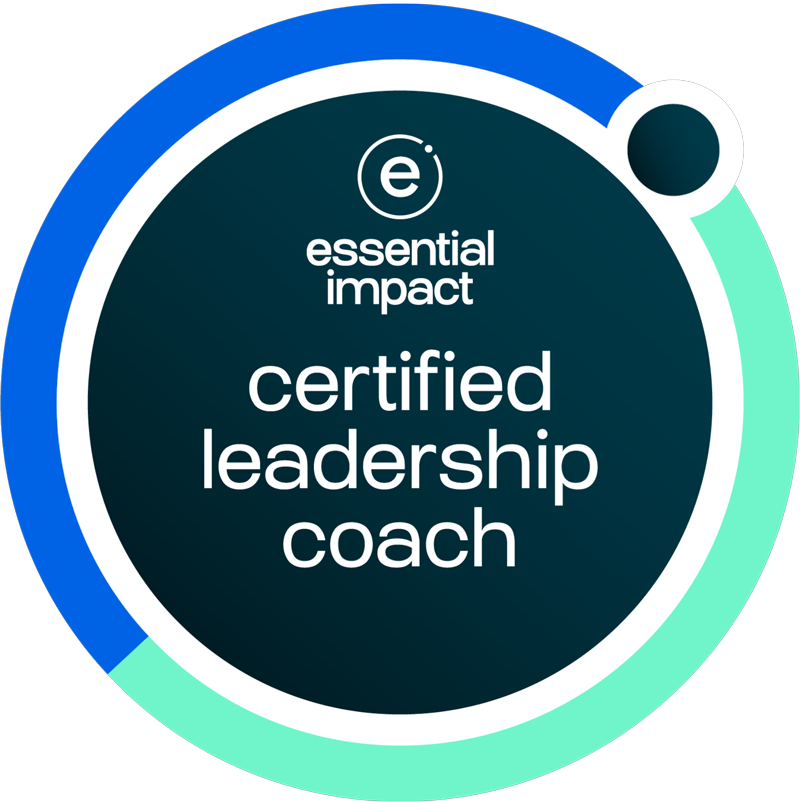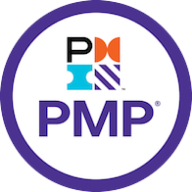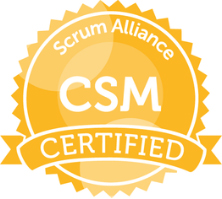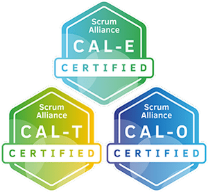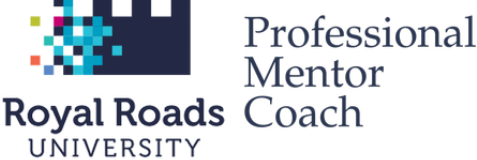Why Agile?
The 6 Realms of High-Performing Teams
Teams of any composition require constant feedback to keep everyone on the same page while personnel and projects continue to change!
The P6 Agile Team Model offers a roadmap for diagnosing and guiding teams towards cohesion and performance on aspects that research has shown essential for highly effective teams.
Purpose is at the model's core, which holds all the other components of team performance together. Team members realized success can only be achieved through collaboration and commitment to the team to deliver its mission.
People investment is the foundation for the remaining components of the model. This includes the team’s structure, communication, meetings, clarity of role responsibilities, and commitment. Emotional Intelligence and Psychological Safety training and assessment are monumental pillars contributing to interpersonal team dynamics and culture for years to come (Edmonson, 1999; Goleman & Cherniss, 2024).
Process significantly improves team cohesion and efficiency per organizational development principles (Cummings & Worley, 2014). Sixty percent of a team’s effectiveness is in team design, structure, supportive resources, and rewarded excellence (Wageman et al., 2008). Teams that integrate systematic ways of working demonstrate superior performance (Lunenburg, 2015).
Priorities - Self-autonomous teams that are collaborative with shared cognition are higher functioning and able to adapt to changing internal and external pressures (Bersin, 2016, 2017; Clutterbuck et al., 2017; Salas et al., 2008). By setting precise goals, utilizing effective project management tools, gathering feedback from external partners, and reaching team consensus, teams can focus on high-value tasks, enhance clarity, and consistently refine their processes to fulfil their common objectives.
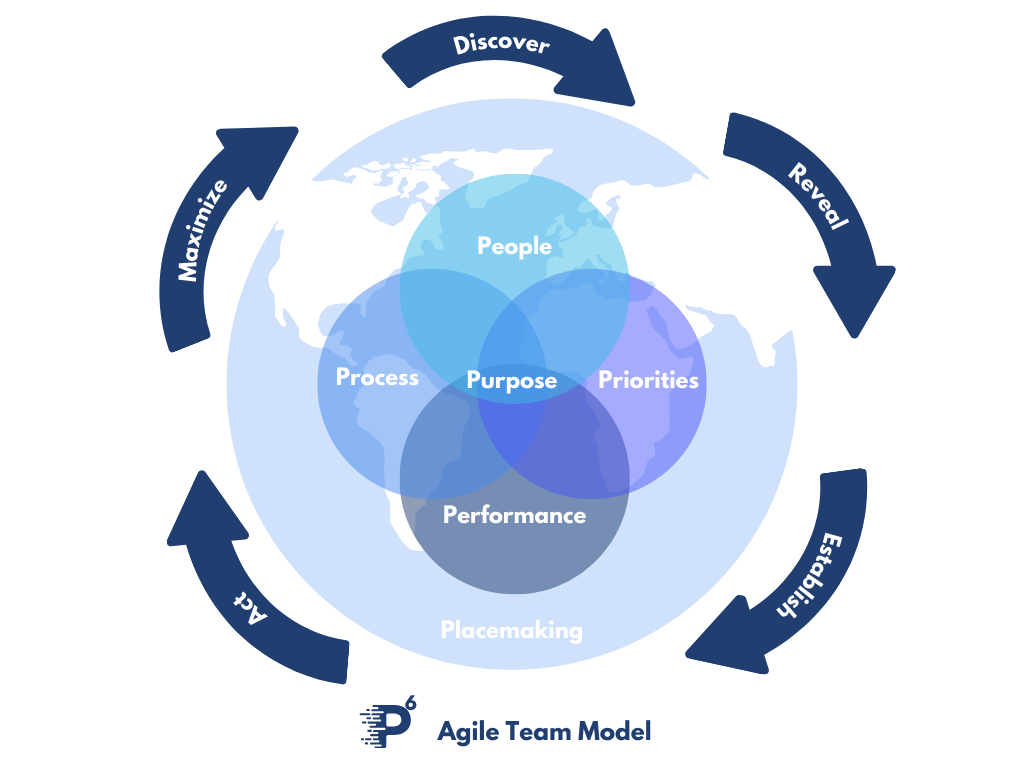
Performance prioritizes surpassing stakeholder and organizational productivity norms, which centre on ongoing enhancement, feedback, and assessment to provide measurable benefits for external stakeholders (Peters & Carr, 2019; Dweck, 2017).
Placemaking results from a team’s purpose, shaping their perception of work, purpose, and space. Teams foster community by creating enriched environments where people live, work, play, and learn (Routledge, 2020). This transformative process is vital for community evolution, requiring team members who excel at internal and external collaboration. The ripple effect of high-performing teams extends beyond their immediate circle to impact their communities.
How Does it Work?
Rhythms & Tools
Customized rhythms involve iterative team feedback and evaluation. Regular check-ins and assessments allow you to monitor progress, celebrate wins, and identify areas for improvement. Team retreats provide an opportunity to reestablish team goals, review your roadmap, and make necessary adjustments based on the evolving context and needs of the team.
Artifacts & Tools derived from Agile Methodolgies, Project Management and Team Coaching provide documents and activities that support clarity and cohesion.
DREAM Team Phases
Discover: In this phase, we gather data by observing team interactions, interviews and surveys to understand the team's current state and tailor the coaching program accordingly.
Reveal: This one-day engagement uncovers the collective challenges, unspoken perspectives, and deeper layers of meaning that impact the team's experience and performance. A one-page summary outlines the hopes and goals of your team.
Establish: We work with the team to co-create a roadmap, outlining the path from the current state to the desired state with recommended artifacts and meeting rhythms that work for you. The Senior leadership is trained in the tools, skills and resources to implement the P6 coaching rituals throughout your organization.
Act: This phase involves moving the team into action, focusing on accountability, adaptivity, and commitment by your Leadership Team.
Maximize: With two co-designed assessments, we will maximize our engagement to ensure that the senior leadership team is on track to obtain the objectives to ensure long-term success.
The DREAM team process embodies the path to building a high-performing, cohesive team - an aspiration every organization pursues. The engagement culminates in a final assessment and an annual retreat to commemorate achievements, gather insights, and strategize the next phase for your Senior Leadership team to aspire towards.
Explore a Comprehensive and Customizable Team Operating System
Your transformative journey of achieving wholistic greatness begins today.
Grow your team's potential
"Until you make the unconscious conscious, it will direct your life and you will call it fate."
– Carl Jung
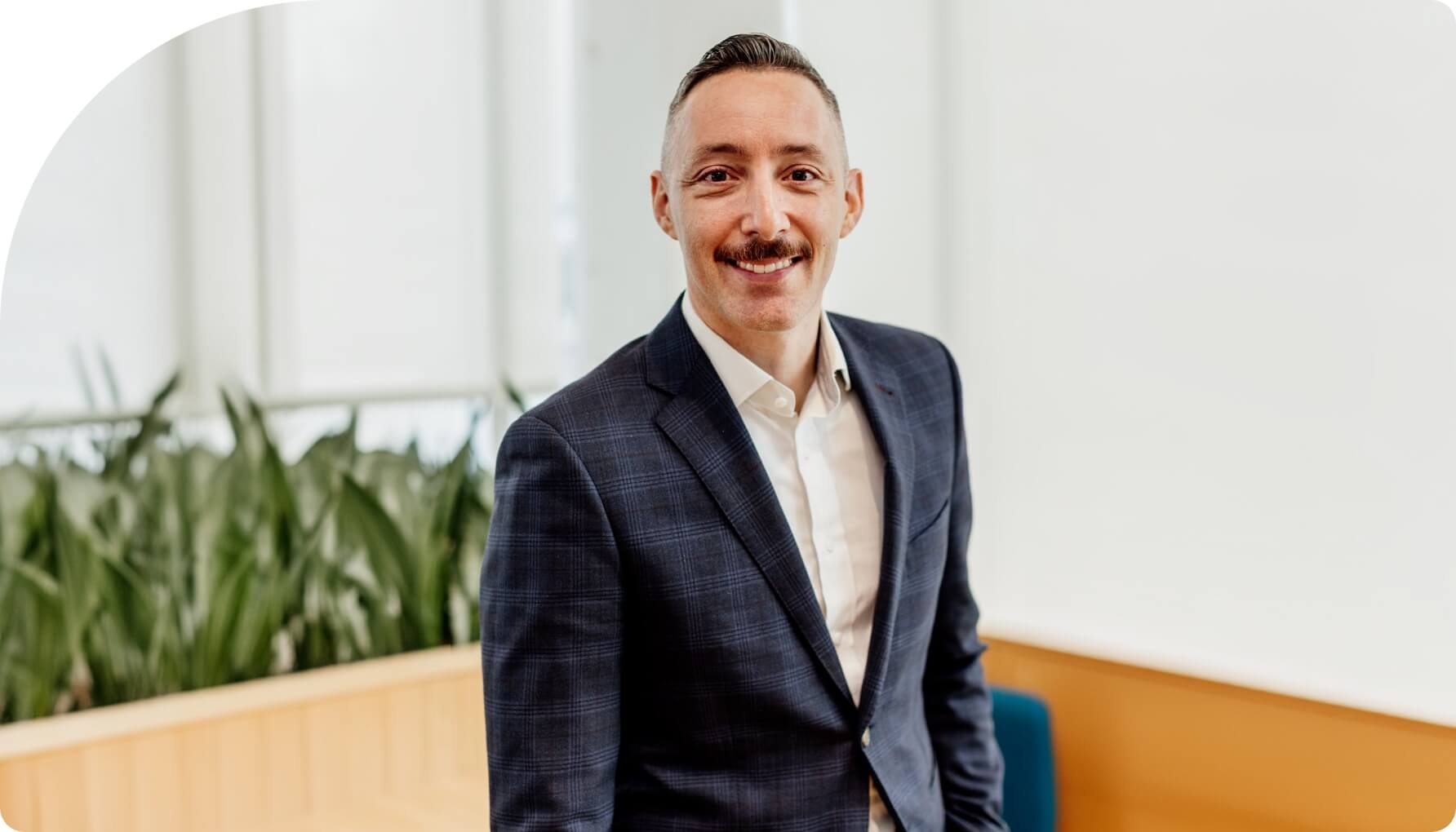
Meet Jonathan Evans
Executive & Team Coach
Leaders inhabit an isolating and perilous space. Fear, uncertainty and control lurk deep within our organizations and relationships.
Navigating these landscapes demands more than mere resilience.
It requires transformation through infinite love. Jonathan supports leaders with compassion and courage, delivering organizational health.
Certified In:
